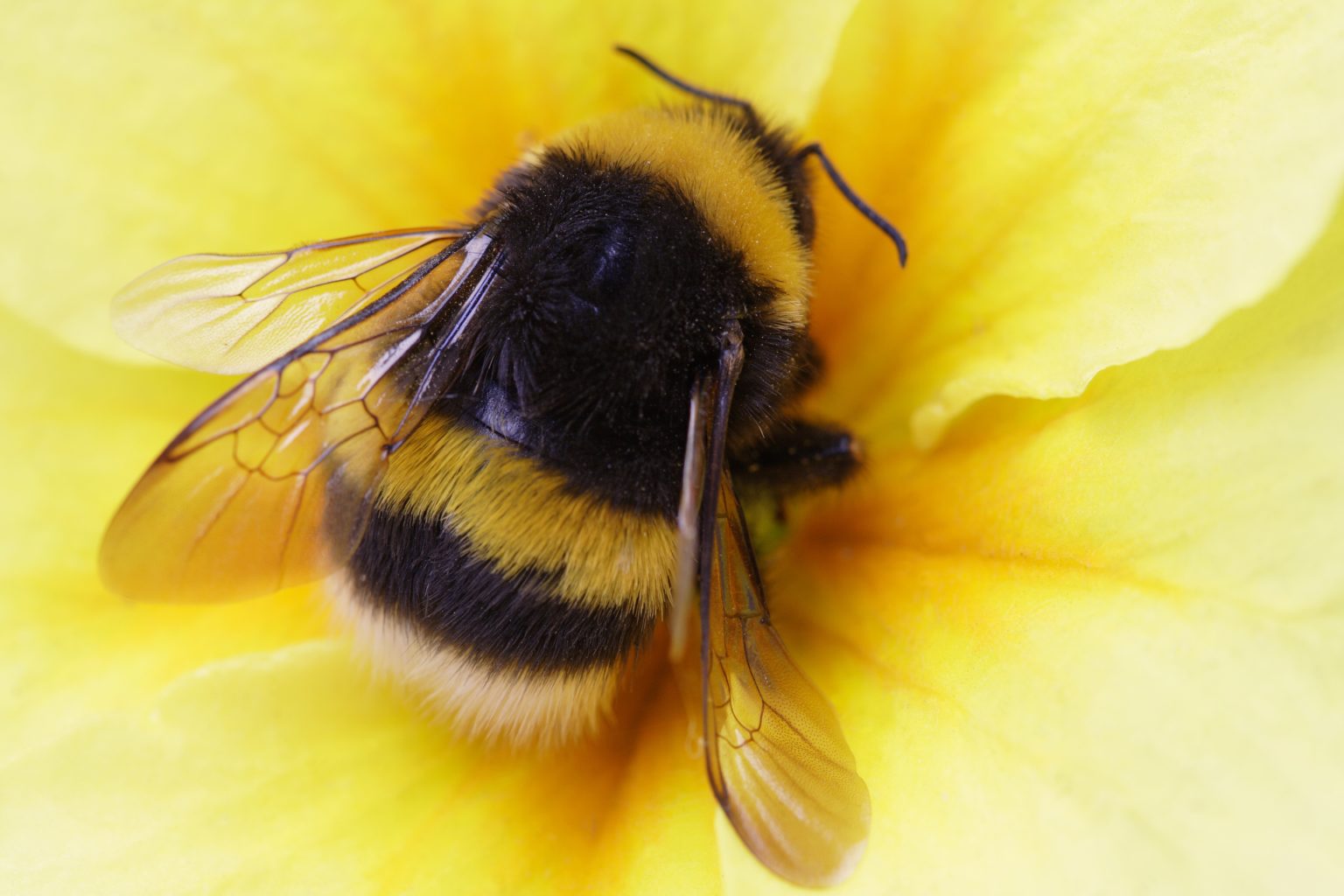The decline in bumblebee populations is a major concern due to their important role in ecosystems as pollinators. In the past 20 years, bumblebee populations have decreased by 90 percent, with various factors such as pesticides, urban development, and climate change contributing to this decline. A recent study published in Frontiers in Bee Science has revealed that rising temperatures caused by global warming may be a significant reason for the decrease in bumblebee numbers worldwide. The study found that bumblebees can survive in temperatures up to 36 degrees Celsius but thrive in nests with temperatures between 28 to 32 degrees Celsius. However, rising temperatures due to climate change may surpass their ability to thermoregulate, leading to decreased colony survival.
The study emphasizes that excessively high temperatures can be more harmful to organisms than cool temperatures, as metabolic processes may break down and cease, resulting in death. Bumblebee colonies act as superorganisms, relying on collective survival for their wellbeing. The study suggests that high nest temperatures above a certain threshold can be highly detrimental, with death occurring rapidly at temperatures above 35 degrees Celsius. Similar studies on honeybees have also shown that heat stress can threaten the health of the queen bee, further highlighting the impact of rising temperatures on bee populations.
While studies on the effects of high nest temperatures on bees are limited, the authors express the need for more research to better understand the implications of rising temperatures on bumblebee health and conservation efforts. They hope that future scientists will build upon their findings to further investigate the impact of heat stress on bee populations. It is crucial to continue studying bumblebees and their responses to environmental changes in order to develop effective strategies for their conservation and to ensure their vital role in pollination and ecosystem health is preserved for the future.
As bumblebee populations continue to decline, it is essential for researchers and conservationists to address the threats they face, including the impact of rising temperatures on their survival. By identifying key factors contributing to the decline of bumblebees, such as heat stress, efforts can be made to implement conservation measures to protect these important pollinators and support their populations. Collaboration between scientists, policymakers, and the public is critical in addressing the complex challenges facing bumblebee populations and safeguarding their crucial role in sustaining ecosystems and agricultural productivity.








